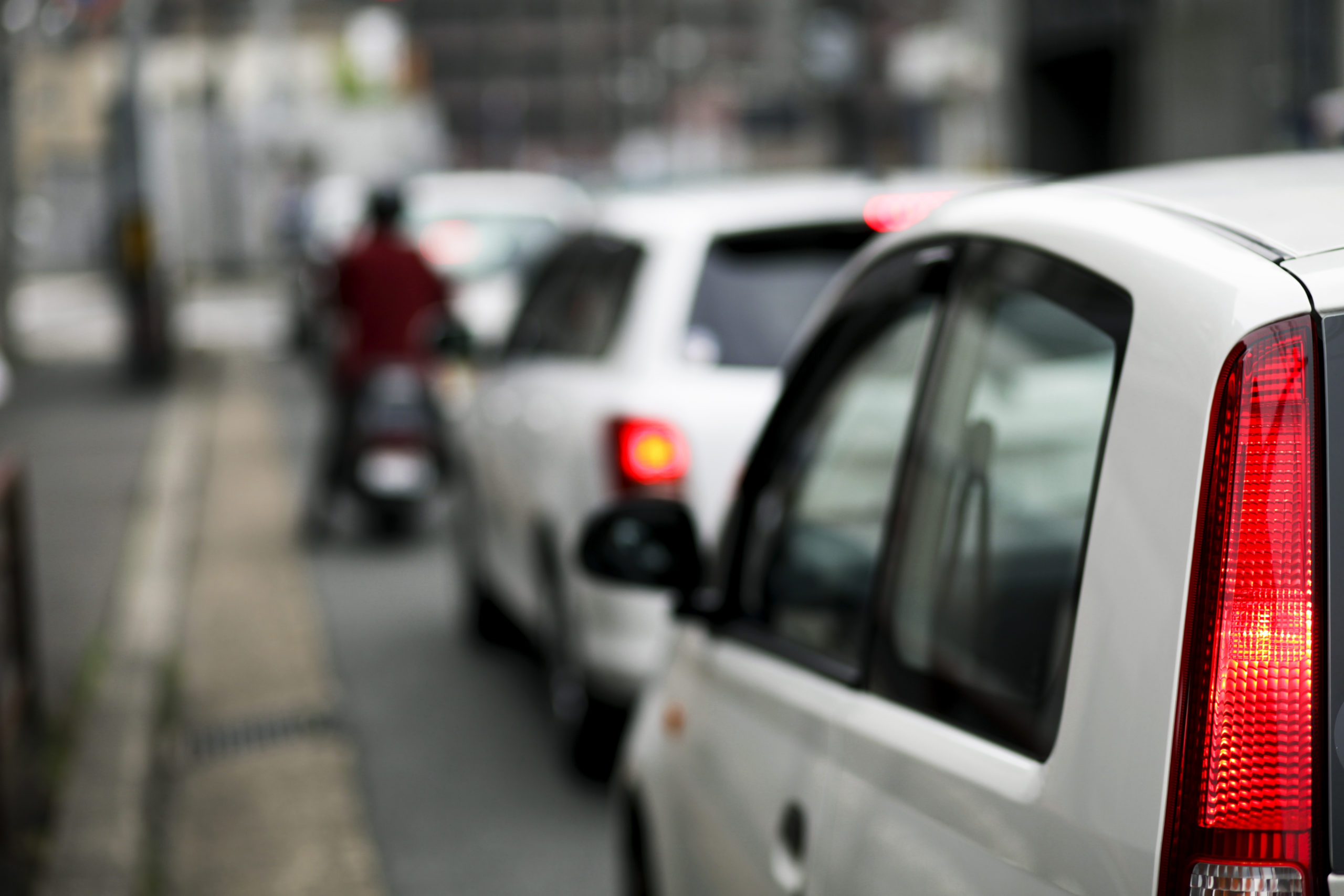
Making the Case for Dynamic Curbside Management
With the right mix of innovation and strategic management, cities can maximize the investment of one of their most important transportation assets
By Arya Rohani, PE, National Practice Leader, Intelligent Transportation & Emerging Mobility
Aside from roadways, curbs are one of the most valuable assets for transportation networks in urban areas. Today, most municipalities manage curbs by painting and signage to restrict them for specific uses, which has been the standard practice for decades. In doing so, communities have been forced to invest significant costs for both ongoing management and maintenance for curbsides. Recently, new technologies and ever-expanding business models have created overwhelming demand for curb access for traditional uses such as parking, drop-off and pick-ups, freight delivery, loading and unloading, as well as newer use cases such as car and bike share services, electric vehicle charging, and transit or micromobility uses. The situation is further exacerbated in urban centers by the booming popularity of ride-hailing services such as Uber and Lyft.
Dynamic curbside management, enabled by innovative and integrated technologies, now offers tremendous potential in dealing with these ever-growing demands. By leveraging real-time data generated by various sensors, cities have the chance to develop models and solutions that manage their curbsides more efficiently, and potentially influence user behaviors through pricing and other strategies. The key to this innovative concept is collaboration through trusted partnerships between cities, and parking and technology providers so all interests are aligned.
While each municipality has its own unique needs and characteristics, a holistic approach to curbside management should focus on the integration of appropriate, but forward-thinking city policy that leverages technology appropriately. This will allow communities to be nimble, adapting and evolving as priorities change and additional mobility options are introduced to the market.
Sustainable curbside management also requires consistent enforcement, which can be facilitated through license plate recognition and digital tracking. As described by the National Association of City Transportation Officials, “Automated enforcement, which is consistent, predictable, and unbiased, is demonstrated to improve the efficiency of the entire street.” Cloud-based and mobile-centric systems that include tools to measure, manage, and coordinate the curbside technology ecosystem will be critical as data and regulation become more closely aligned.
To summarize, below are important aspects of deploying effective curbside management strategies:
- Robust sensor arrays to enable the city to collect, synthesize, integrate and analyze data to automate dynamic management
- Road drainage policy and solutions to promote and maximize long-term sustainability
- Consistent enforcement of policies and regulations
- Dynamic pricing strategies to promote certain behaviors such as:
- higher transit use through time-of-day or congestion-based pricing
- shifting freight delivery to off-peak times to reduce congestion
- charging for delivery during certain hours with costs potentially being paid for by companies making those deliveries
- air quality improvements that promote fewer starts and stops
- mitigating parking impacts during special events, like sporting events or concerts, by focusing on solutions that balance needs of users and the business community
- incentivizing shorter stops to maximize turn-over
- balance demand between on-street (public) and off-street (private) parking
- Collaboration with users and the business community to minimize disruptions/optimize benefits
Dynamic curbside management technologies are available today and continue to evolve with new advancements. As with most smart mobility solutions, optimal curbside management is limited only by one’s imagination as innovative technologies offer capabilities not possible before. These include:
Sensors: On curbs, parking signs, streetlights, cars, trucks, bikes, and smart phones.
Communication: Low-energy/cost communication between sensors and control centers.
Analytics: Integration of multiple static and dynamic data sources with municipal policies and regulations to achieve desired outcomes. Ability to measure effectiveness of strategies and dynamically adjust.
Electronic Signs: On curbs or integrated into existing signs to communicate with users (indicate availability, usage restrictions, etc.).
Mobile Apps: Information sharing through mobile applications empowers users and offers them the ability to manage their trips and use of curbsides most effectively.
Automation: Enabled by artificial intelligence and machine-to-machine interaction is in the early stages but offers tremendous promise in helping cities proactively manage their entire transportation ecosystem.
Ultimately, municipalities must strive to create the ideal mix of policies, regulations and technologies to achieve their unique objectives and maximize this key transportation asset.
